
Section A Introduction to Jerusalem
Chapter 7 - The History of Archaeology in Jerusalem
Although he never left the Netherlands, Adriaan Reland (1676-1718), a Dutchman, wrote a detailed geographical survey of Palestine in 1696.
Edward Robinson, an American theologian, visited Jerusalem in 1838. He discovered Hezekiah’s Tunnel and the remains of Herod Agrippa’s wall expansion from 41 AD. He also identified the remains of an arch on the southwest corner of the Temple Mount, now called Robinson’s Arch. He then published the first topographical study of the land of Palestine in 1841.
The first archaeological dig in Jerusalem took place in 1863. Charles W. Wilson came to Jerusalem to help improve the water system, but he used this position as a cover to dig tunnels and shafts under the city to explore the ancient remains. His maps and diagrams are still used today. Wilson documented a series of arches and vaults that supported a bridge which led up to an entrance on the west side of the temple. Today these arches are called Wilson’s Arch.
In 1867 General Sir Charles Warren began a threeyear period of “undercover” excavation. The Ottoman government prohibited excavation around the Temple Mount, so Warren dug a series of vertical shafts a distance away from the Temple Mount walls and then turned and tunneled horizontally until he reached the wall. He discovered the huge blocks fallen from the Temple Mount, the gutter system and the foundation course of Herod’s Temple. Today 230 feet north of Robinson’s arch, one of Warren’s shafts that reaches the foundation of the Western Wall can still be seen. Warren also discovered the pier which supported Robinson’s Arch 41 feet west of Robinson’s Arch on the wall, and he identified the shaft Joab used to enter the Jebusite city in David’s day. Today it is called Warren’s Shaft.
German Conrad Schick was shown the inscription inside Hezekiah’s Tunnel in 1880 by two young boys. He also discovered a second tunnel running into the Pool of Siloam in 1886.
Hermann Guthe used the book of Nehemiah in 1881 to uncover the eastern city wall on the eastern hill south of the Temple Mount. His excavation along the eastern slope began the debate that identified this eastern hill as the original site of Jerusalem which David took from the Jebusites, the City of David.
In 1923 R.A.S. Macalister and J.G. Duncan uncovered the eastern side of the City of David in the area of the Jebusite Tower and revealed the Stepped Stone Wall.
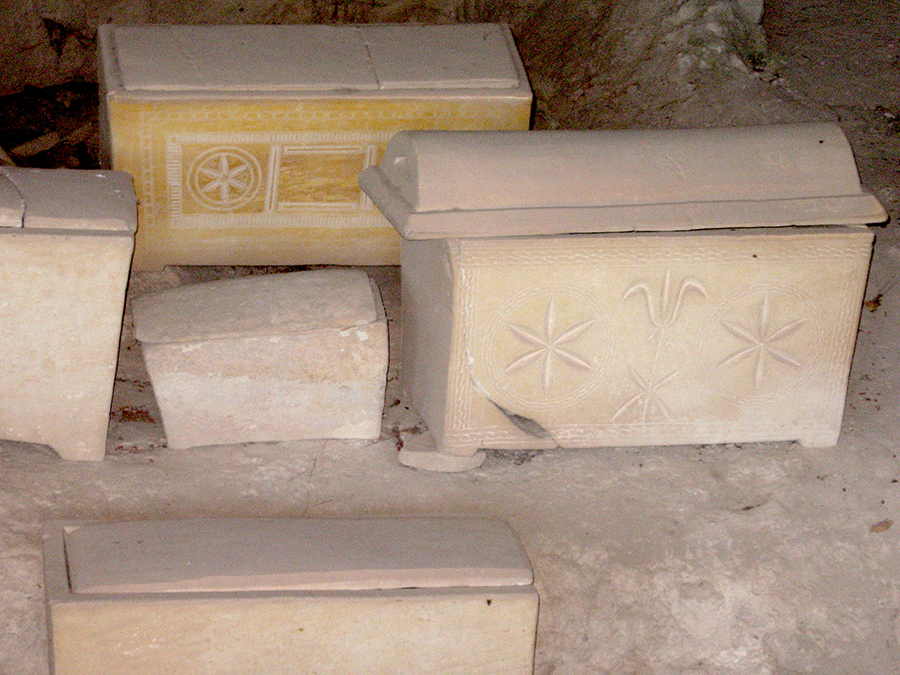
Ossuary boxes were used to hold the bones of a deceased person. The dead body was laid on a stone slab in the tomb for about a year. By that time the body would have decomposed, and the bones were collected and placed in an ossuary box. This box then would have been kept in the tomb along with the ossuary boxes of other family members.
From 1961-1967 Kathleen M. Kenyon excavated during the rule of the Jordanians after the war of 1948. She excavated Byzantine dwellings and other locations outside the south wall of the Temple Mount.
Within a year of the Jews winning the Six Day War, Benjamin Mazar began a ten-year excavation period from 1968 to 1978. He represented Hebrew University and the Israel Exploration Society. He focused on the area southwest and south of the Temple Mount. His work in a large area extends from Robinson’s Arch uncovered remains from the days of the First Temple and the Second Temple period to the Herodian street under Robinson’s Arch and a stone bearing the inscription, “to the trumpeting place to” which had once stood on the Temple Mount itself. This cut stone marked the place for the priest to sound the trumpet to announce holy days to the people. It also served as a safety railing for the priests on the highest part of the southwest corner of the temple. Mazar also did extensive work on the Ophel south of the Temple Mount.
In 1975 Meir Ben Dov excavated from the Dung Gate to the Zion Gate. He uncovered the Nea Church, Herodian residences and a large number of mikvah.
Eilat Mazar, the granddaughter of Benjamin Mazar, began excavating in the City of David near the Gihon Spring in 1986. She has recently uncovered David’s Palace (2007) and a wall built by Solomon (2010).
Besides the well-planned archaeological excavations described above there are also accidental excavations and incidental discoveries like the discovery of the tomb of Caiaphas, the High Priest who condemned Jesus. In December of 1990, modern construction equipment was being used south of the City of David in a forested area when the ceiling of an ancient tomb collapsed. Inside the tomb were burial chambers and ossuary boxes still filled with the bones of people from around 20-70 AD. Among the many ossuary boxes were two highly decorated boxes inscribed “Joseph son of Caiaphas” and another inscribed simply “Caiaphas.” In the boxes were bones of several people including the bones of a 60-year-old man who has been identified as the High Priest Caiaphas who condemned Jesus in 30 AD. Josephus writes about this same Caiaphas identified by Matthew, Mark, Luke and John, but Josephus calls him “Joseph Caiaphas” (Jewish Antiquities 18:35) and “Joseph who was called Caiaphas of the high priesthood” (Jewish Antiquities 18:95). Caiaphas was high priest from 18-36 AD.
Archaeological terrorism in Jerusalem has occurred in the past and continues today. Under Jordanian rule from 1948-1967 a Jewish cemetery with graves dating from the time of Herod’s Temple in the first century was destroyed. Approximately 38,000 graves and tombstones, some from the first century, were smashed or removed for use as paving stones.
In addition, recent photos of the Temple Mount indicate that under Muslim control, “Solomon’s Stables” below the southeast side of the Temple Mount have been converted into a mosque. Construction equipment was used to dig up a large area of the Temple Mount and move the stone, debris, and ancient masonry stones to the Kidron Valley. A large stone staircase and entryway down into Solomon’s Stables has been built at the site of the hole dug into the Temple Mount. The construction was completed in 2010, and can be seen in the photos below. The Double Gate Tunnel was also converted to a mosque.
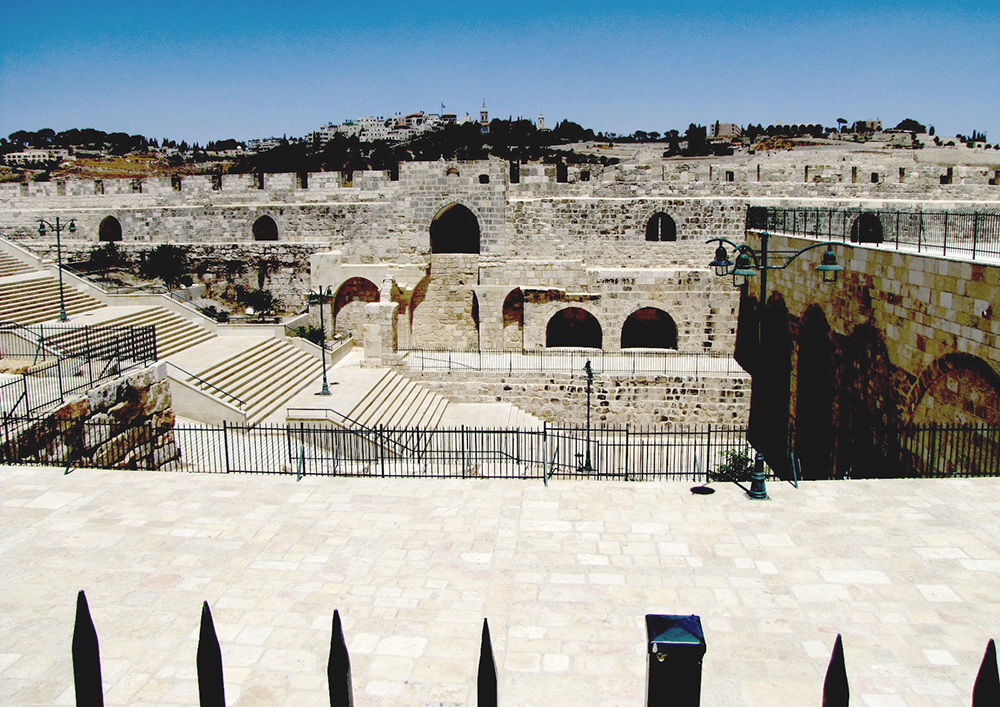
The Eastern Wall of the Old City can be seen along the back edge of the Temple Mount, with the Mount of Olives in the background. In the forefront, the surface of the Temple Mount is seen with a huge hole cut into the ancient remains. The recently installed stairway descends under the Temple Mount to an entrance into “Solomon’s Stables” which is now called a mosque by the Muslims. The extent of the damage to this area is unknown since the Temple Mount has never been excavated, and all the material was removed, destroyed and dumped into the Kidron Valley.
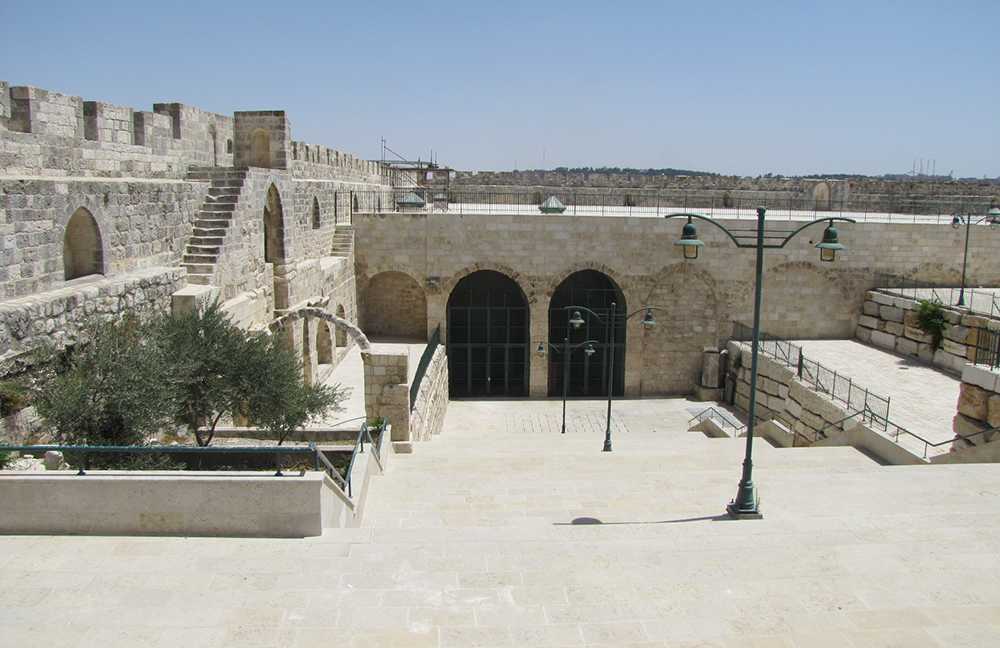
This photo is taken from the surface of the Temple Mount at the top of the new staircase looking south.
This staircase leads to an entrance into "Solomon's Stables” which the Muslims have now claimed to be a mosque. The east wall of the Temple Mount is to the left in this photo.
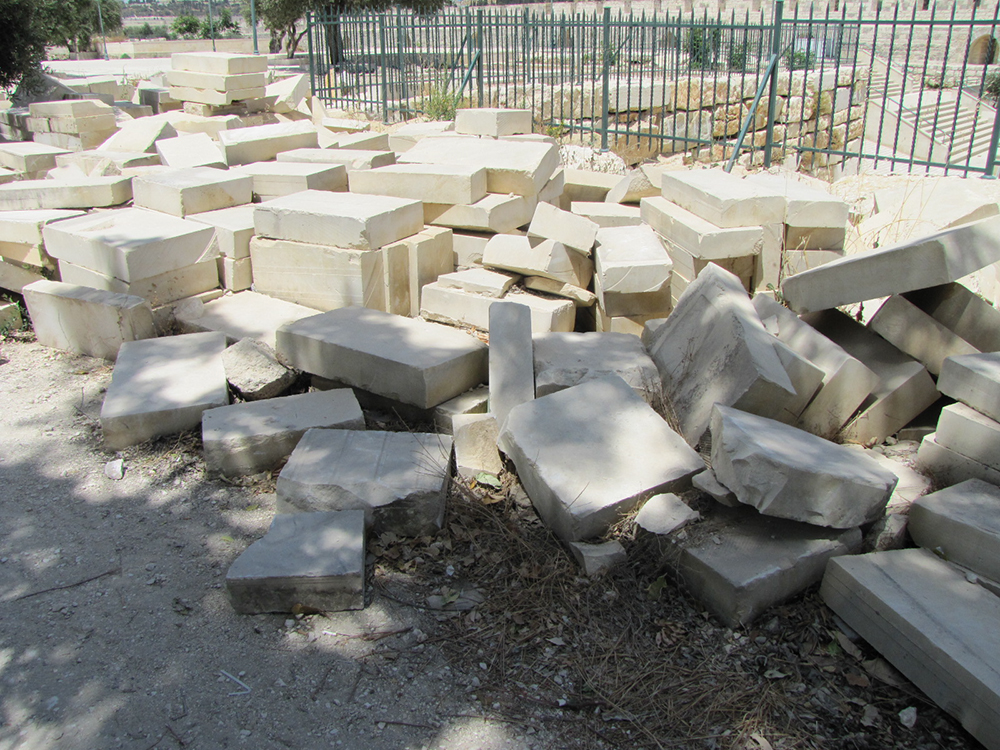
Construction blocks can still be seen on the Temple Mount. The new stairway can be seen in the background in the top right of this photo.
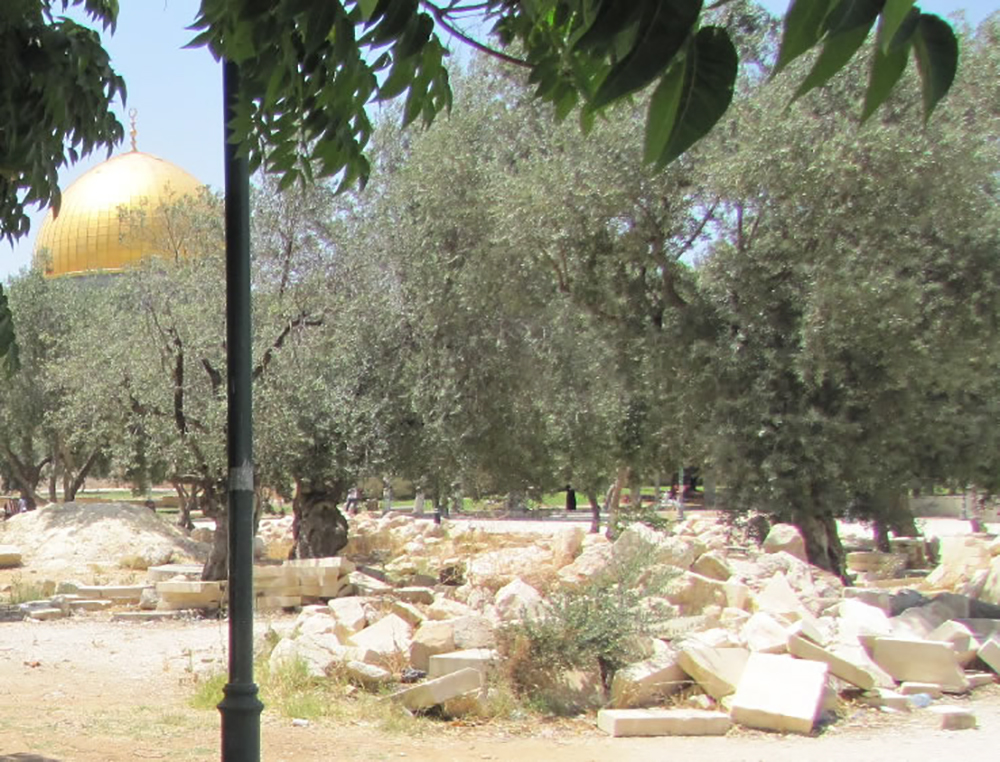
Remains of debris and stones on the Temple Mount from construction.
Despite the destruction of historical evidence by archaeological terrorism, much of Jerusalem remains unexcavated because areas of interest lie under residences, holy sites or the Temple Mount itself. The many discoveries made have been fairly recent considering the long 2,000-year history of the city.
Today, archaeological breakthroughs are occurring at a more rapid pace and are being processed more accurately than ever before. The historical reliability of the Scriptures continues to be reinforced through archaeology. Each discovery helps us read the pages of the Bible with a greater level of insight and understanding.
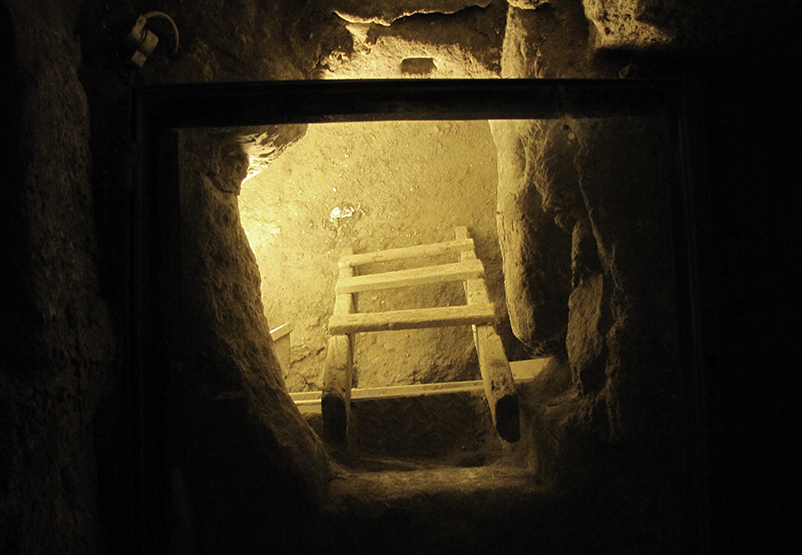
A shaft below the Western Wall tunnels that was used to explore the archaeological layers of the City of Jerusalem.